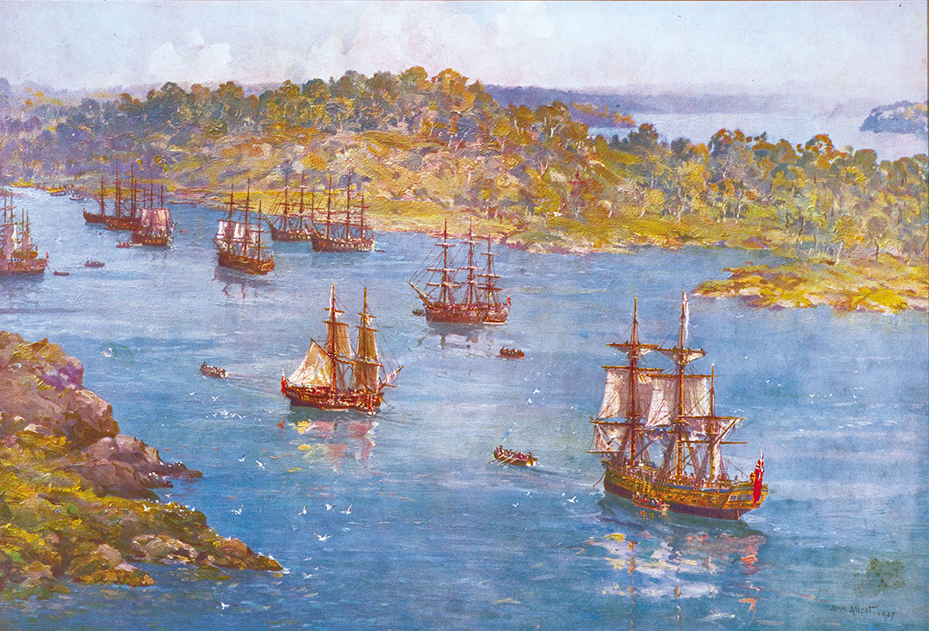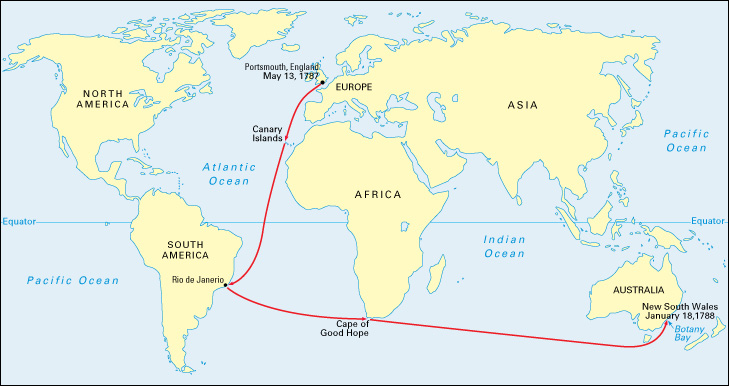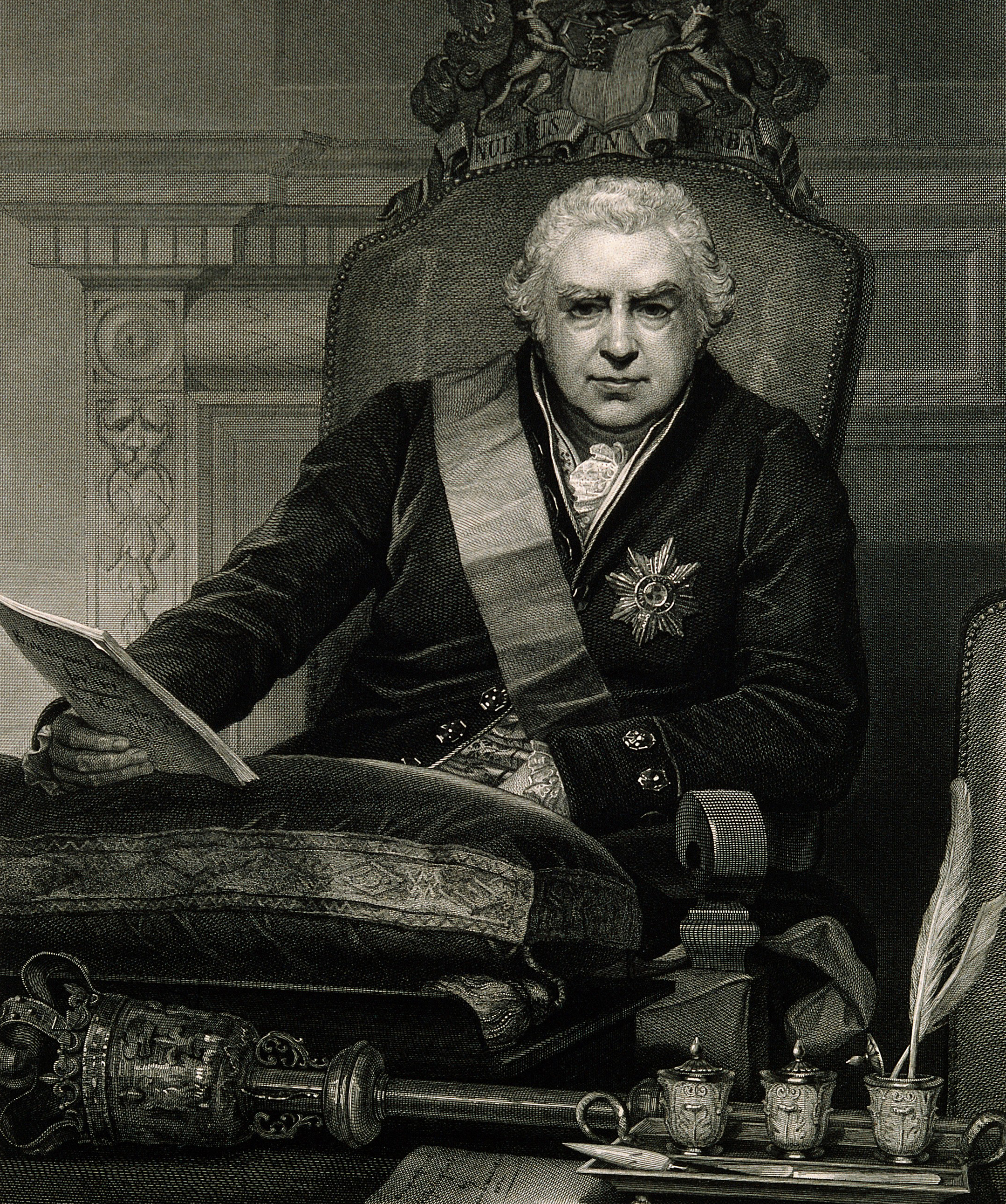First Fleet was a group of ships that took convicts from Britain to Australia in 1788. The voyage, which took eight months, was the first to carry convicts to Australia . The arrival of the First Fleet resulted in the first permanent European settlement in Australia on Jan. 26, 1788. Australians now celebrate January 26 as their national day.

Preparations.
In August 1786, British officials named Botany Bay on Australia’s east coast as the new place to receive convicts transported from Britain. The British Admiralty set about organizing the First Fleet, which was to carry about 700 convicts, together with officials and with marines to guard the prisoners.

The fleet was placed under the command of Captain Arthur Phillip , a naval officer. British officials chose New South Wales as the name of the new colony and Phillip as the colony’s first governor.
The fleet.
The First Fleet consisted of 11 ships. There were two king’s ships, HMS Sirius and HMS Supply. Both were armed with cannons . Six vessels served as convict transports. They were the Alexander, the Friendship, the Lady Penrhyn, the Charlotte, the Scarborough, and the Prince of Wales. Three storeships—the Borrowdale, the Fishburn, and the Golden Grove—completed the fleet. The flagship—that is, the ship Phillip sailed on—was the Sirius. It was the largest vessel in the fleet.
A group sailed with the First Fleet that included approximately 750 convicts, as well as children of convicts, marines and members of their families, officials, seamen of the Royal Navy, and merchant seamen. Six children were born to convict women during the voyage, and four of them survived.
The voyage.
The fleet left the Spithead, in England, on May 13, 1787. By May 20, it had cleared the English Channel. On June 3, the fleet arrived at Tenerife, in the Canary Islands , where it stayed for a week. It then continued on toward the Cape Verde Islands. But bad weather forced Phillip to continue on to Rio de Janeiro , which he reached on August 4. The fleet rested there for a month, taking on supplies before leaving for the Cape of Good Hope . It arrived at the cape on October 13 and rested there for another month, again taking on supplies.

Phillip’s reception by the governor of the Dutch colony was not as warm as the reception he had received from the Portuguese governor of Brazil. But he was able to buy the supplies he needed. The fleet left Table Bay for the last leg of its journey on November 13. Up to this time, the fleet had always sailed as a convoy , the ships never losing sight of one another. But on November 25, Phillip transferred to the Supply and, with the Alexander, Scarborough, and Friendship, pushed on ahead as an advance party.
Phillip and his advance group sighted the coast of Van Diemen’s Land (now Tasmania ) on Jan. 5, 1788. Sailing around the southern part of the island, the ships struck north along the east coast of Australia.
Botany Bay.
Phillip and the advance party arrived at Botany Bay on Jan. 18, 1788. The rest of the fleet arrived two days later. The voyage had taken a total of 252 days: 184 days at sea and 68 days in the ports of call.


But Botany Bay was soon found to be unsuitable for settlement, despite the good reports made by Sir Joseph Banks that had influenced the selection of the site as the new penal colony . Fresh water was in short supply in the bay. The bay itself was unprotected against winds, creating a hazard for shipping. The quality of the soil, vital for the growth of the first crops, was poor.
Phillip quickly set out north to locate a new site. He found the entrance to Port Jackson and, at its head, Sydney Cove, with a fresh running stream and a natural harbor, well protected from the winds.
Phillip began to move the members of the fleet to the new site, and the job was completed by January 26. The next day, the convicts and the majority of the marines landed.
